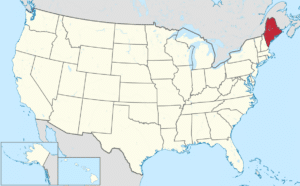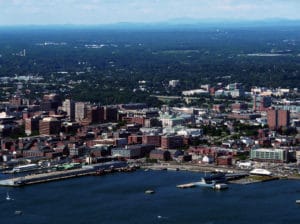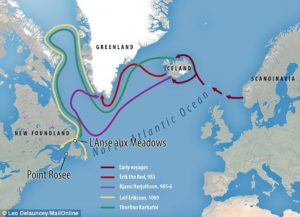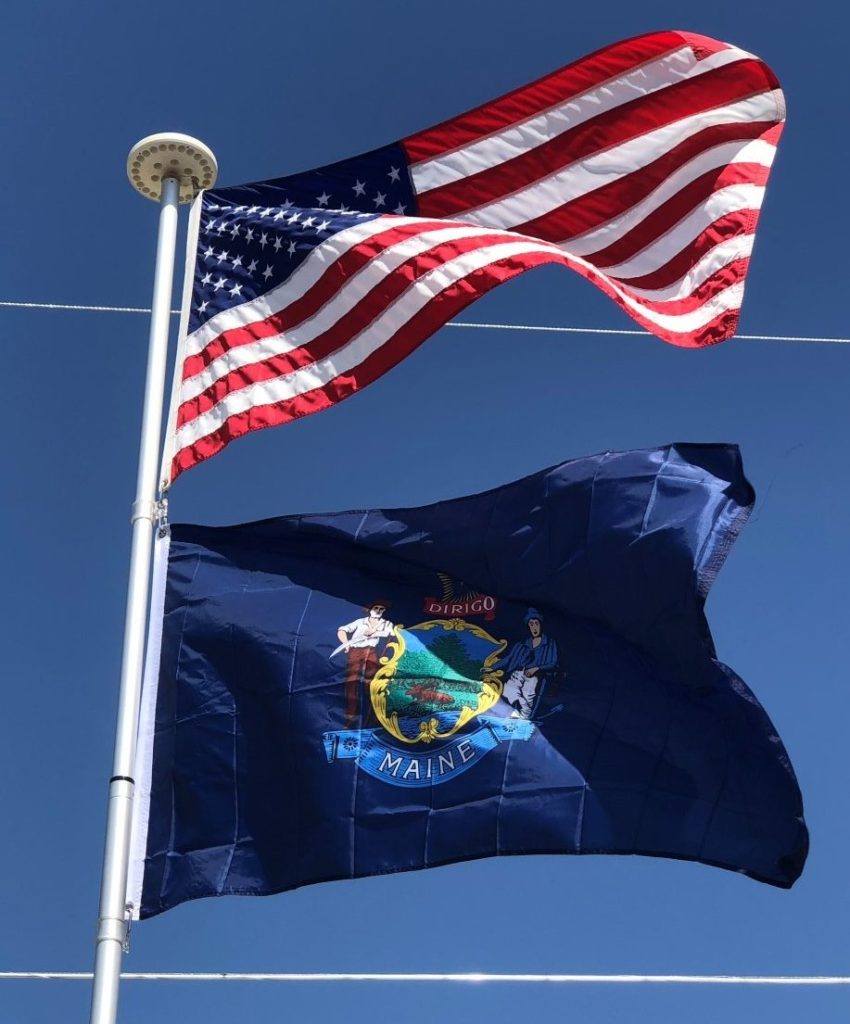Introduction:
Maine is a U.S. state in the New England region of the northeastern United States. It is bordered by New Hampshire to the west, the Atlantic Ocean to the southeast, and the Canadian provinces of New Brunswick and Quebec to the northeast and northwest respectively.

Maine is the easternmost state in the contiguous United States, and the northernmost east of the Great Lakes. It is known for its jagged, rocky coastline; low, rolling mountains; heavily forested interior; and picturesque waterways, as well as its seafood cuisine, especially clams and lobster. Its most populous city is Portland.

The capital is Augusta. Maine was the 23rd state to join the United States.
Origin of the Name:
There is no definitive explanation for the origin of the name “Maine”, but the most likely origin is that the name was given by early explorers after the former province of Maine in France. Whatever the origin, the name was fixed for English settlers in 1665 when the English King’s Commissioners ordered that the “Province of Maine” be entered from then on in official records. The state legislature in 2001 adopted a resolution establishing Franco-American Day, which stated that the state was named after the former French province of Maine.
History:
The original inhabitants of the territory that is now Maine were Algonquian-speaking Wabanaki peoples, including the Passamaquoddy, Maliseet, Penobscot, Androscoggin and Kennebec. During the later King Phillip’s War, many of these peoples would merge in one form or another to become the Wabanaki Confederacy, aiding the Wampanoag of Massachusetts and the Mahican of New York. Afterwards, many of these people were driven from their natural territories, but most of the tribes of Maine continued, unchanged, until the American Revolution.
European contact with what is now called Maine started around 1200 CE when Norwegians interacted with the native Penobscot in present-day Hancock County, most likely through trade. About 200 years earlier, from the settlements in Iceland and Greenland, Norwegians had first identified America and attempted to settle areas such as Newfoundland, but failed to establish a permanent settlement there. Archeological evidence suggests that Norwegians in Greenland returned to North America for several centuries after the initial discovery to collect timber and to trade, with the most relevant evidence being the Maine Penny, an 11th-century Norwegian coin found at a Native American dig site in 1954.

The first European settlement in Maine was in 1604 on Saint Croix Island, led by French explorer Pierre Dugua, Sieur de Mons; his party included Samuel de Champlain, noted as an explorer. The French named the entire area Acadia, including the portion that later became the state of Maine. The first English settlement in Maine was established by the Plymouth Company at the Popham Colony in 1607, the same year as the settlement at Jamestown, Virginia. The Popham colonists returned to Britain after 14 months.
The French established two Jesuit missions: one on Penobscot Bay in 1609, and the other on Mount Desert Island in 1613. The same year, Castine was established by Claude de La Tour. In 1625, Charles de Saint-Étienne de la Tour erected Fort Pentagouet to protect Castine. The coastal areas of western Maine first became the Province of Maine in a 1622 land patent. The part of Eastern Maine north of the Kennebec River was more sparsely settled, and was known in the 17th century as the Territory of Sagadahock. A second settlement was attempted in 1623 by English explorer and naval Captain Christopher Levett at a place called York, where he had been granted 6,000 acres by King Charles I of England. It also failed.
